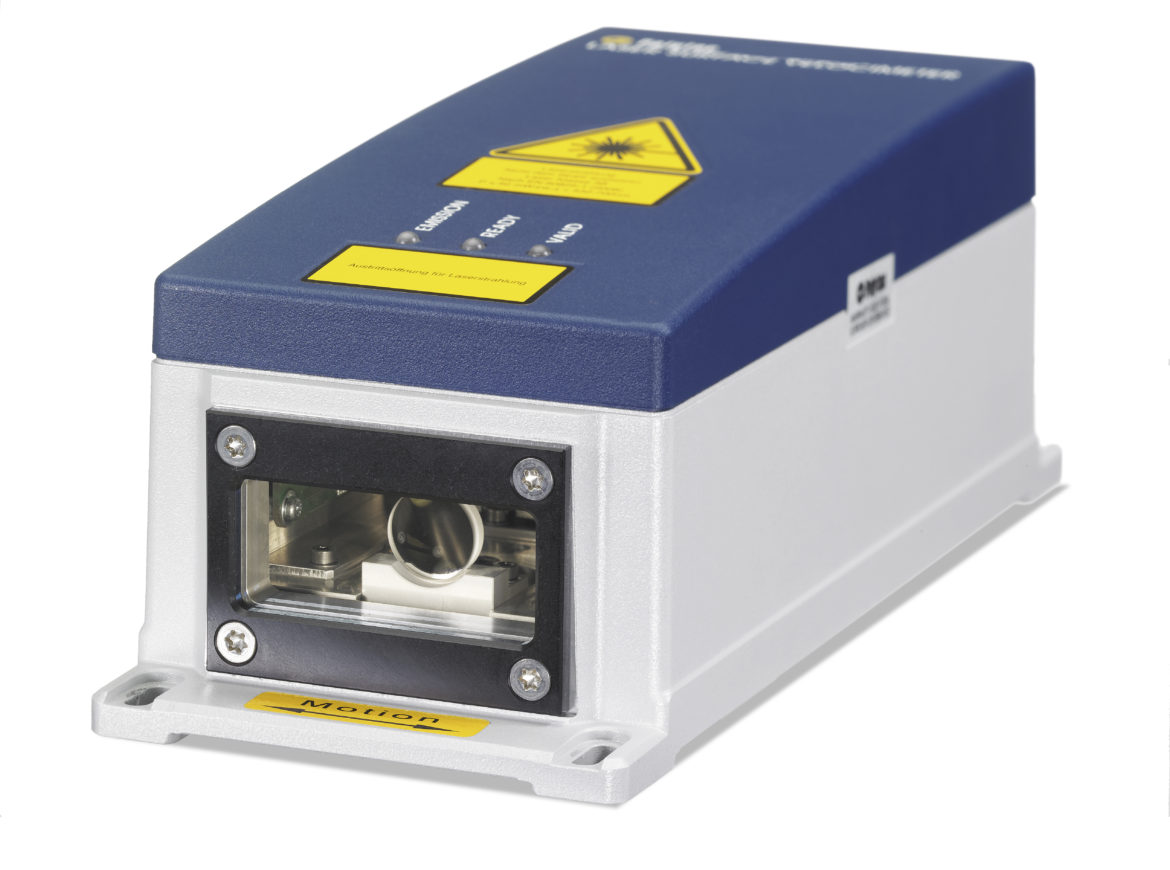With the advancement of technical possibilities and increase in global competitive pressure, it is essential that manufacturing processes in the cable and wire industry remain efficient. Highly accurate, reliable length measurements are extremely important when cutting the finished product to length.
This may seem obvious … but the devil is often in the details. Both contact-based sensors and conventional non-contact systems are somewhat limited when it comes to measuring large-diameter stranded cables and wire ropes. The strengths of the non-contact ProSpeed® LSV-2100 Laser Surface Velocimeter from Polytec (Fig. 1) come to the fore where other sensors fall short of the mark.
Contact-based measuring systems, such as measuring wheels, always require adequate contact with the surface of the object material to ensure that the entire length of the product is measured. Inadequate contact causes slippages, resulting in significant inaccuracies during the length measurement process. The contact pressure can be increased to improve traction but this measure increases wear, tear and the cost of maintaining the contact-based measuring sensors.
For many years, non-contact length and velocity measurement based on the laser Doppler principle has been the established solution to resolving such problems (see technology box). Since this measuring method does not require any contact with the object material, it is impervious to slip and mechanical wear. However, even conventional non-contact sensors are often unsuitable for correctly measuring the length of large-diameter stranded cables and wire ropes, due to the surface structure of the cables.
A laser Doppler length-measuring instrument sees every product surface as a peak and valley landscape. On smooth surfaces, the peaks and valleys are microscopic and therefore do not pose a problem. If the height differences are greater, an important technical feature of the measuring instrument comes into play: the depth of field (see technology box). This depth is a measure of how much the distance between the measuring instrument and the product surface can vary while a reliable measurement signal can still be maintained. This is most important when cables and wires are not guided properly or the product surface is extremely uneven. It is common for conventional non-contact sensors used in the cable and wire industry to have a measuring field depth of a few millimeters to a few centimeters – which is not enough for the large differences in height in stranded power cables or thick wire ropes, for example (Fig. 2).
This is where the strengths of the ProSpeed® LSV-2100 from Polytec come to the fore. With a minimum depth of field of 120 mm, it is more than capable of reliably measuring the length of unguided, bouncing products or products with extremely uneven surface structures.
Not only does the ProSpeed® meet the most demanding metrological requirements; it also boasts a comprehensive interface concept that allows flexible integration into any process environment. For traditional process integration, an encoder output and a selection of digital inputs and outputs ensure maximum reliability and reaction speed. Ethernet, a serial interface and various fieldbus protocols ensure maximum flexibility when the instrument is integrated into modern process control systems. Parameters can be conveniently configured from any mobile device via a fully wireless web interface and without requiring additional software.









